Beyond Wind and Solar: How CMPES Can Boost State REC Programs
The landscape of renewable energy is transforming. While wind and solar have long been the cornerstones of clean energy production, their dependence on weather conditions can create limitations. This is where Constant Micro Power Energy Systems (CMPES) emerge as a game- changer. CMPES presents a compelling opportunity to elevate state Renewable Energy Certificate (REC) programs, driving progress towards a cleaner and more secure energy future by offering a reliable and consistent renewable energy source.
The Challenge: Weather Variability and RPS Compliance
Renewable Portfolio Standards (RPS) are a cornerstone of many states’ clean energy policies. These mandates set objectives for the proportion of power generation that needs to originate from renewable energy sources. Wind and solar, the traditional powerhouses of renewables, are essential to accomplishing these objectives. However, their reliance on unpredictable weather patterns – wind lulls and cloudy days – can lead to fluctuations in electricity production. This variability can pose challenges for utilities striving to meet RPS requirements and secure enough RECs, the tradable instruments representing the environmental attributes of renewable energy generation.
CMPES: A Constant Source of Clean Power
CMPES stands apart from traditional renewables by providing a constant stream of clean electricity that is unaffected by external factors like weather. This inherent reliability makes CMPES a desirable candidate for REC programs. By integrating Constant Micro Power Energy Systems into their portfolios, utilities can ensure a steady supply of REC-eligible energy, bolstering their compliance with RPS mandates and environmental commitments. Imagine a world where the whims of nature don’t dictate renewable energy production. CMPES offers the stability and predictability to bridge the gap between RPS goals and real-world generation.
Beyond RECs: The Multifaceted Benefits of CMPES
The advantages of CMPES extend far beyond their role in REC programs. This versatile technology boasts many applications, contributing significantly to a more robust and sustainable energy infrastructure. Here’s how CMPES can revolutionize various aspects of the energy landscape:
- Distributed Power Generation: CMPES can be deployed in a decentralized manner, bringing power generation closer to consumption points. This reduces reliance on long- distance transmission lines, minimizes energy losses, and enhances grid resilience.
- Residential and Commercial Applications: Imagine homes and businesses powered by clean, uninterrupted CMPES energy. This reduces dependence on the traditional grid and allows consumers to take control of their energy use.
- Electric Vehicle Charging Infrastructure: The rise of electric vehicles necessitates a reliable and sustainable charging infrastructure. CMPES can provide a clean and dependable source of power for EVs, eliminating charging and battery storage.
- Grid Stabilization: The integration of intermittent renewables like solar and wind can introduce challenges to grid stability. Constant Micro Power Energy Systems, with its consistent power generation, can act as a stabilizing force, mitigating the impact of fluctuations from other renewable sources and ensuring a reliable flow of electricity.
Unlocking Economic Growth and Job Creation
The adoption of CMPES within REC programs can reveal major financial advantages for states. Investing in CMPES deployment stimulates innovation within the clean energy sector, fostering the development of new technologies and businesses. This creates green jobs and positions states as leaders in the shift to a future powered by sustainable energy. Furthermore, by promoting domestic renewable energy production, CMPES can bolster energy security and reduce reliance on foreign energy sources.
A Call for Collaboration: States, Utilities, and Innovation
Collaboration is key to fully harnessing the potential of CMPES and elevating state REC programs. States can play a crucial role by:
- Streamlining Permitting Processes: Simplifying the permitting process for CMPES deployment can encourage broader adoption and expedite project development.
- Providing Financial Incentives: Offering financial incentives, such as tax credits or grants, can make CMPES more accessible to utilities and encourage investment in this innovative technology.
- Research and Development Support: Supporting research and development efforts around CMPES can further enhance their efficiency and cost-effectiveness.
Utilities, on the other hand, can:
- Pilot Projects: Implementing pilot projects with Constant Micro Power Energy Systems can provide valuable insights into their integration with the grid and their effectiveness in generating REC-eligible energy.
- Long-Term Procurement Strategies: Developing long-term procurement strategies for CMPES can provide stability and predictability for the clean energy market.
- Consumer Education: Enlightening customers about the advantages of CMPES can foster public support for this technology and encourage wider adoption.
The Future is Bright: Embracing CMPES for a Sustainable Tomorrow
The integration of Constant Micro Power Energy Systems into REC programs signifies a pivotal moment in the evolution of renewable energy. This innovative technology offers a reliable, consistent, and versatile solution that can address the limitations of traditional renewables and empower states to achieve their ambitious clean energy goals.


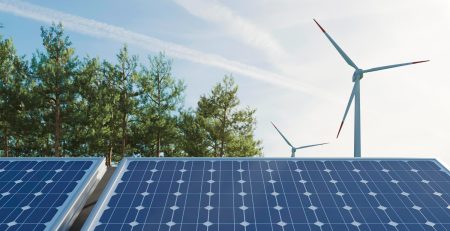
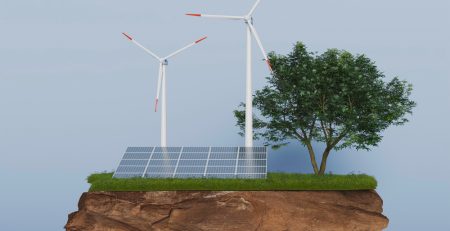
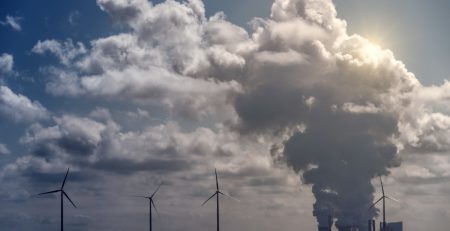
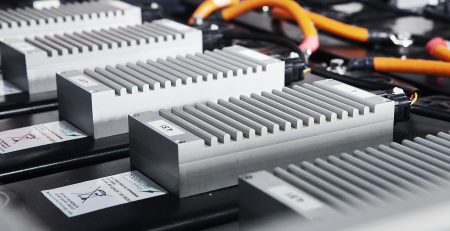
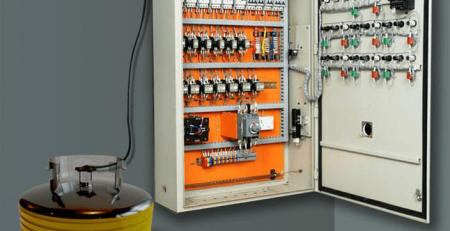

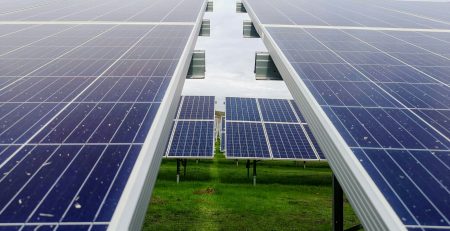
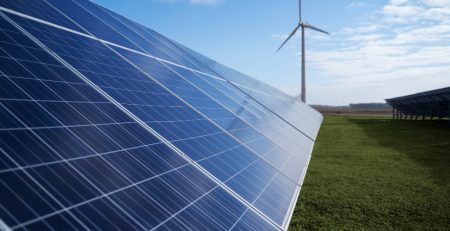

Leave a Reply